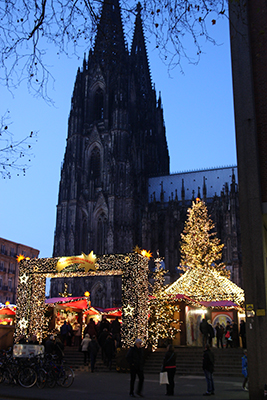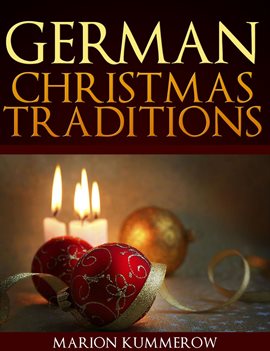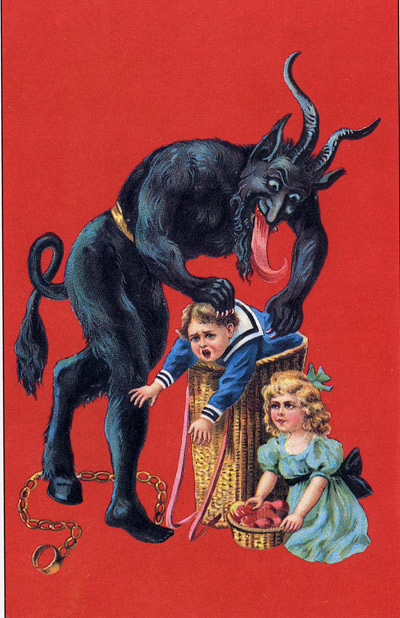 Anyone who celebrates Christmas knows that traditions are an important part of the holiday. Perhaps it is decorating the Christmas tree that brings back special memories for some, while others enjoy the hustle and bustle of shopping for gifts to give to their loved ones and friends. Maybe it is a traditional holiday song that gets them in the spirit of the season or the joy of the annual gathering of family and friends on Christmas Eve or Christmas Day. Whatever those special moments or memories might be, there can be no doubt that tradition is a cherished part of the season.
Anyone who celebrates Christmas knows that traditions are an important part of the holiday. Perhaps it is decorating the Christmas tree that brings back special memories for some, while others enjoy the hustle and bustle of shopping for gifts to give to their loved ones and friends. Maybe it is a traditional holiday song that gets them in the spirit of the season or the joy of the annual gathering of family and friends on Christmas Eve or Christmas Day. Whatever those special moments or memories might be, there can be no doubt that tradition is a cherished part of the season.

Although many common Christmas traditions in America originated in Europe, there are many differences in how the holiday is celebrated in the old country. One tradition that is common in most European nations is the appearance of Christmas markets several weeks before December 25. These markets, which have their roots in the Middle Ages, provide a wealth of holiday joy, shopping, and food for residents and tourists alike. Although markets in Germany will often be different than markets in Romania, Denmark, Belgium or elsewhere, particularly when it comes to the food that is available and the types of locally crafted gifts that can be found, the basic formula of decorated vendor stalls, Christmas music, crowds of people and the smell of food and mulled wine are fairly standard. I was lucky enough to have the opportunity to visit all of Vienna’s markets multiple times, and the strong spirit of Christmas was always present. To get a glimpse of Vienna’s Christmas markets, check out “Christmas Market Vienna” by Cristina Berna.
 Many of the most common traditions that are part of Christmas in America actually originated in Germany. The center of most celebrations, the Christmas tree, was originally a German tradition and the jolly guy in the red suit, Santa Clause, also emerged from German roots. Many people enjoy opening one of the many varieties of advent calendars during the days leading up to Christmas, not realizing that this tradition also began in Germany. If you want to explore more Christmas traditions that originated in Germany or the things that make Christmas in Germany different, check out “Christmas in Germany” or “German Christmas Traditions” by Marion Kummerow.
Many of the most common traditions that are part of Christmas in America actually originated in Germany. The center of most celebrations, the Christmas tree, was originally a German tradition and the jolly guy in the red suit, Santa Clause, also emerged from German roots. Many people enjoy opening one of the many varieties of advent calendars during the days leading up to Christmas, not realizing that this tradition also began in Germany. If you want to explore more Christmas traditions that originated in Germany or the things that make Christmas in Germany different, check out “Christmas in Germany” or “German Christmas Traditions” by Marion Kummerow.

Many unique holiday traditions can be found all across Europe. A Central European tradition is to enjoy a carp for Christmas dinner. In Sweden, a common Christmas treat is the lussebulle, a bun flavored with saffron and raisins. If you really want a scare on Christmas, visit Austria where Krampus, the anti-Santa, stalks the night looking for children who have misbehaved so that they can be punished. For more information on Christmas traditions in Europe, try “Swedish Christmas Traditions” by Ernst Kirchsteiger and “Christmas Customs Around the World” by Herbert Wernecke.


